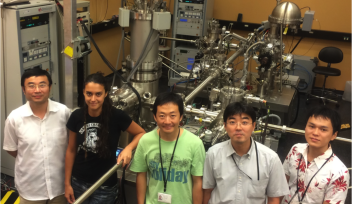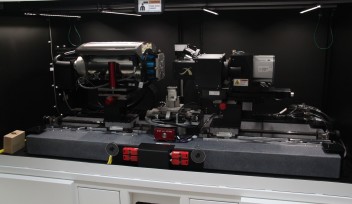Trapping by three different types of defects in a perovskite

The researchers conducted a time-resolved photoemission experiment to understand the role of each defect in perovskite performance. As can be seen in the graph on the right, the grain boundary defects, despite their small size, were the most detrimental for charge carrier trapping, which results in undesirable performance losses for the solar cell.
The researchers conducted a time-resolved photoemission experiment to understand the role of each defect in perovskite performance. As can be seen in the graph on the right, the grain boundary defects, despite their small size, were the most detrimental for charge carrier trapping, which results in undesirable performance losses for the solar cell. This image appears in the press release "Zooming in on tiny defects".
Copyright OIST (Okinawa Institute of Science and Technology Graduate University, 沖縄科学技術大学院大学). Creative Commons Attribution 4.0 International License (CC BY 4.0).
Tags














